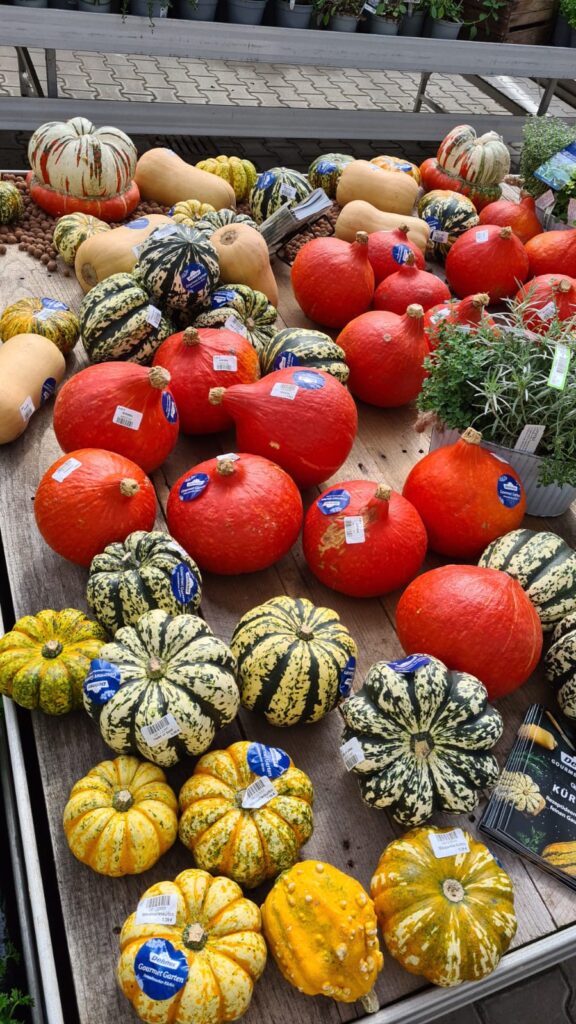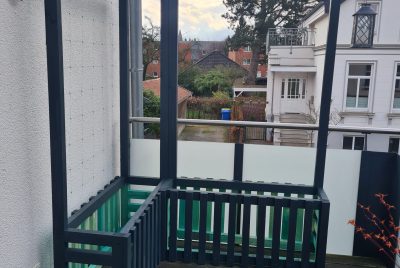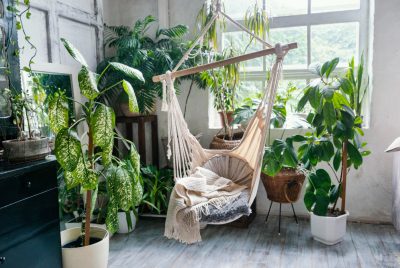Growing Pumpkins in Containers
Are you dreaming of growing pumpkins but have limited space, don’t fret. I’m here to share some tips and tricks on growing pumpkins in containers. Whether you have a small balcony or patio, you can maximize your space and enjoy the thrill of nurturing your very own pumpkin patch.
I found this YouTube video a great video that shows from seed to pumpkins! I hope you’ll also enjoy it. Container gardening is fun, especially when you grow pumpkins. This article also shares how to store your bountiful harvest, and even whip up a quick pumpkin recipe. Let’s dive in and turn your limited space into a thriving pumpkin paradise!
Selecting the Perfect Container for Growing Pumpkins
To start off, you need a proper container. Here’s what you need to know:
- Container Size Matters: Opt for a container with a capacity of at least 15 gallons or 60 Liters. Pumpkins need space for their sprawling vines and roots.
- Prioritize Drainage: Ensure your container has sufficient drainage holes at the bottom to prevent waterlogged soil.
- Container Material: Choose a sturdy container made of plastic or resin. These materials retain moisture and are lightweight, making them balcony-friendly.
- Sunlight Accessibility: Position your container in a spot that receives a solid 6-8 hours of sunlight. Pumpkins thrive in full sun.

Planting Pumpkins with Ease
Now that your container is ready, here are some tips to guide you through the process of growing your own pumpkins in containers:
1) Seed Selection
Start with pumpkin seeds suited for containers. Compact or bush varieties or mini varieties that thrive in containers. For example,
- Jack Be Little: These tiny pumpkins are perfect for containers, with vines that grow up to 6 feet. They produce small, charming pumpkins that are great for decorating and cooking.
- Baby Boo: Baby Boo pumpkins are adorable and petite, making them an ideal choice for small spaces. Their vines are compact, and they’re often used for fall decorations.
- Small Sugar Pie: This variety is known for its sweet and flavorful flesh, perfect for making pies. It has compact vines and is well-suited for container gardening.
- Bushkin: As the name suggests, Bushkin pumpkins have a bushy growth habit, making them excellent for containers. They produce small, round pumpkins that are perfect for carving or baking.
2) Planting Depth
Plant your seeds about an inch/2.5 centimeters deep and water thoroughly. If you’re using seedlings, gently transplant them into your container.
3) Spacing
Ensure there’s enough space between seeds or seedlings, typically 2-3 feet/60-90 centimeters apart. This allows for proper growth without overcrowding.
4) Regular Watering:
Keep the soil consistently moist. Pumpkins are thirsty plants, so check the soil daily, especially in hot weather.
5) Fertilize Responsibly:
Apply a balanced, slow-release fertilizer when your seedlings have a few true leaves. Follow the package instructions to avoid over-fertilizing.
Maximizing Growth in Containers
Growing pumpkins in containers is all about making the most of your space:
- Vertical Growing: Consider using a trellis or vertical support. Train your pumpkin vines to grow upward to save space.
- Pruning and Thinning: Regularly trim excess foliage and remove any malformed fruits to direct the plant’s energy toward healthy pumpkin growth.
- Pest Protection: Keep an eye out for common pests like aphids and squash bugs. Use natural remedies or pesticides as needed to protect your pumpkins.
Harvesting and Storing Your Bounty
Here’s how to harvest and store your homegrown pumpkins:
- Harvesting Time: Pumpkins are ready when their skin hardens and turns a deep, consistent color. Use a sharp knife to cut the stem, leaving a few inches attached.
- Curing: Cure your pumpkins by placing them in a warm, dry location for about two weeks. This helps harden the skin further and extends their shelf life.
- Storage: Store pumpkins in a cool, dry place with good ventilation. They can last for several months if stored correctly.
If you enjoyed this article on how to grow pumpkins in containers, there are other vegetables that can be grown in containers too! Check out Lindsay’s article on how to successfully grow carrots in containers or if you are looking into growing onions in containers, that is also possible! Just get creative and transform your small balcony space into a gardening haven.
Delicious Pumpkin Soup
Now, let’s celebrate your pumpkin harvest with a simple yet delicious pumpkin soup recipe:
Ingredients:
- 2 cups of pumpkin flesh (diced)
- 1 onion (chopped)
- 2 cloves of garlic (minced)
- 1 potato (chopped)
- 4 cups of vegetable broth
- 1 tsp of cinnamon
- 1/2 tsp of nutmeg
- Salt and pepper to taste
- 2 tbsp of olive oil
- Cream or yogurt for garnish (optional)
Instructions:
- Heat olive oil in a pot and sauté onions and garlic until translucent.
- Add pumpkin and potato. Sauté for a few more minutes.
- Pour in the vegetable broth and bring to a boil. Reduce heat and simmer until the vegetables are soft.
- Use an immersion blender or regular blender to puree the soup until smooth.
- Return to the pot, add cinnamon, nutmeg, salt, and pepper. Simmer for an additional 10 minutes.
- Serve hot, garnished with a swirl of cream or yogurt.
To be honest…
I haven’t tried growing pumpkins in containers (yet). Last season, I did try it on my raised bed planter box, and it was incredibly rewarding!

With the right container, care, and a dash of enthusiasm, you can enjoy the satisfaction of harvesting your own pumpkins, even in a small space. I hope this guide has inspired you to embark on your container gardening journey and relish the sweet taste of your homegrown pumpkins, especially in the autumn time where you enjoy a steaming hot bowl of fresh pumpkin soup. Share your photos of your pumpkins too!
FAQs
1. Can I grow pumpkins on a balcony with limited sunlight? Absolutely! While pumpkins thrive in full sun, they can tolerate partial sun, so make the most of the sunlight your balcony receives.
2. How often should I water my container-grown pumpkins? Check the soil daily and water when the top inch feels dry. In hot weather, you may need to water more frequently.
3. What are common pests that can affect pumpkin plants? Aphids, squash bugs, and powdery mildew are common pumpkin plant pests. Regular inspection and early intervention can help keep them at bay.
4. Can I save pumpkin seeds for next year’s planting? Yes, you can! Dry and store the seeds in a cool, dry place. Make sure they are fully mature before harvesting.
5. Can I use any type of pumpkin for the pumpkin soup recipe? Absolutely! You can use any edible pumpkin variety, from sugar pumpkins to butternut squash, for a delicious soup.





